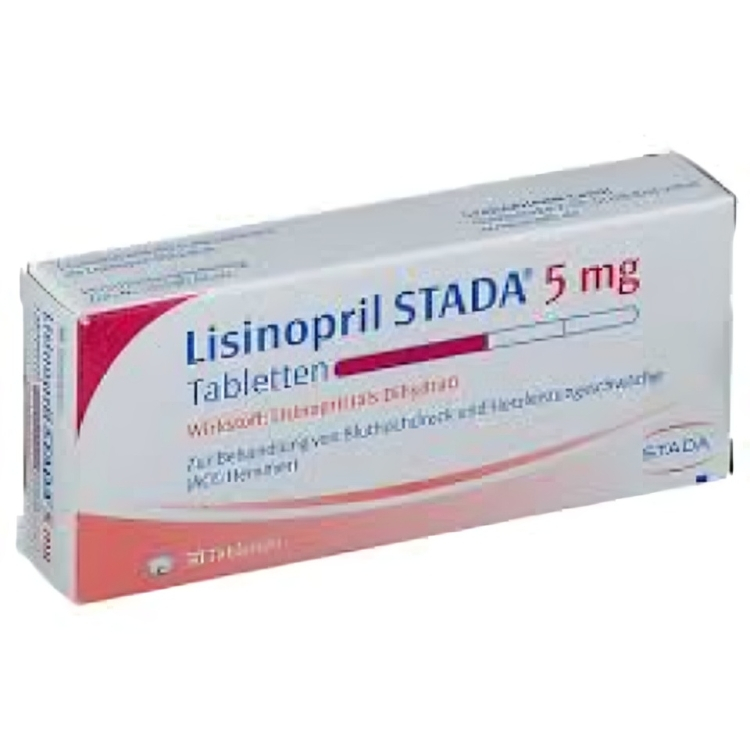Introduction
Lisinostad is a widely used medication that plays a crucial role in managing several cardiovascular conditions. Whether you’re dealing with high blood pressure, heart failure, or chronic kidney disease, lisinopril can be a life-saving option. In this article, we’ll dive into everything you need to know about lisinopril, its benefits, side effects, and how it works. By the end, you’ll have a comprehensive understanding of why lisinopril is often the first choice for doctors when treating certain health conditions.
What is Lisinostad?
Lisinostad is an angiotensin-converting enzyme (ACE) inhibitor. It works by relaxing blood vessels, which allows blood to flow more easily. This action is particularly beneficial for people with high blood pressure, as it helps to lower it. Lisinopril is also prescribed for heart failure, chronic kidney disease, and after heart attacks to improve overall heart function.
How Does Lisinopril Work?
Lisinopril targets a hormone called angiotensin II, which typically narrows blood vessels and raises blood pressure. By inhibiting the production of angiotensin II, lisinopril prevents these vessels from constricting, allowing them to stay relaxed and dilated. This reduces the strain on the heart and lowers blood pressure, which can lead to fewer complications such as strokes, kidney damage, and heart attacks.
Benefits of Lisinostad
1. Managing High Blood Pressure
One of the primary uses of lisinopril is controlling high blood pressure, or hypertension. By maintaining a healthy blood pressure level, lisinopril helps prevent severe health issues such as stroke, heart failure, and kidney damage.
2. Treating Heart Failure
Lisinopril is also commonly prescribed for patients with heart failure. It helps the heart pump blood more efficiently, reducing the risk of further complications.
3. Improving Kidney Function
In individuals with chronic kidney disease, lisinopril can help protect the kidneys from further damage. It improves blood flow to the kidneys and helps maintain their function over time.
4. After a Heart Attack
After a heart attack, doctors may prescribe lisinopril to help prevent heart failure and improve heart recovery. By reducing the workload on the heart, lisinopril ensures better long-term heart health.
Possible Side Effects of Lisinopril
While lisinopril is a valuable medication, it can cause side effects in some people. The most common side effects include:
- Dizziness or lightheadedness
- Fatigue
- Cough (dry)
- Headache
- Elevated potassium levels
In rare cases, some individuals may experience more serious side effects, such as allergic reactions or liver problems. It’s important to monitor any changes in health and consult a doctor if severe symptoms occur.
How to Take Lisinopril
Lisinopril is typically taken once a day, with or without food. It is available in various strengths, so it’s crucial to follow your doctor’s instructions and take the exact prescribed dosage. If you miss a dose, take it as soon as you remember, but if it’s almost time for your next dose, skip the missed one. Never double up on doses.
Conclusion
Lisinopril is a cornerstone medication in treating high blood pressure, heart failure, and chronic kidney disease. It’s effective, easy to take, and provides long-term benefits in preventing complications associated with these conditions. However, it’s important to remain vigilant about side effects and consult your healthcare provider regularly to ensure optimal treatment.
By understanding the role of lisinopril, you’re taking a crucial step in managing your health. Always follow your doctor’s guidance and keep an open line of communication about any concerns.
Frequently Asked Questions (FAQs)
What is the primary use of lisinopril?
Lisinopril is primarily used to treat high blood pressure and heart failure. It can also protect kidney function in individuals with chronic kidney disease.
Can I take lisinopril with other medications?
Always consult your doctor before combining lisinopril with other medications. Some drugs may interact with lisinopril, affecting its effectiveness.
What should I do if I miss a dose of lisinopril?
Take the missed dose as soon as you remember, but skip it if it’s almost time for your next dose. Never double up on doses.
What are the common side effects of lisinopril?
Common side effects include dizziness, fatigue, a dry cough, and headaches. Contact your healthcare provider if you experience more severe side effects.
How long does it take for lisinopril to work?
Lisinopril starts to lower blood pressure within a few hours of taking it, but it may take a few weeks for the full effect to be seen.







